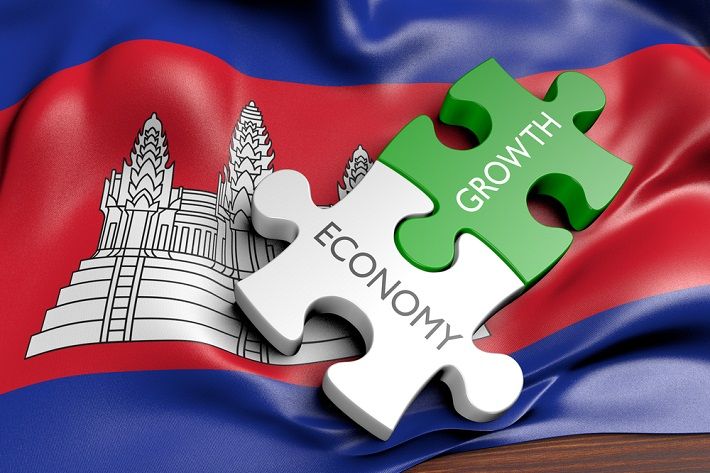
Economic recovery is under way in the country, S&P’s report Global Banking Outlook Midyear 2022 stated.
The international institutions predicted GDP growth in the country to be around 4.5 per cent to six per cent, due to rising global prices of oil and other commodities.
The ratio of private sector debt to GDP will exceed 160 per cent in the country. S&P believes the microfinance sector, which accounts for 13 per cent of system-wide loans, is elevated, reflecting inherently higher credit risks and more aggressive lending practices.
“…Cambodia’s long-term growth story remains intact, given its competitive cost structure and young population, making it one of the fastest-growing economies in the world,” said S&P primary credit analyst Ivan Tan.
S&P said at the end of 2021, total restructured loans formed about 12.9 per cent of banking system loans. A significant proportion of restructured loans were in stressed sectors affected by the pandemic, such as garment, tourism, construction, transportation and logistics.
Banks have aggressively grown their balance sheets from a low base and amid high GDP growth. The recession in 2020 resulted in a temporary slowdown in loan growth, but S&P believes credit expansion will remain brisk. The system's large share of high-risk exposures, particularly construction and real estate, leaves banks exposed to a sharp correction.
“We expect the banking sector’s non performing loan ratio to marginally increase in 2022 to 2.5 per cent, given the extension of the restructuring scheme,” Tan said.
“We estimate about one-tenth to one-eighth of restructured loans are weak and borrowers may not be able to resume repayment after the moratorium has expired, particularly if the recovery in tourism and property sectors is delayed, which could lift the NPL ratio to three to four per cent in 2023,” he added.
Fibre2Fashion News Desk (DS)